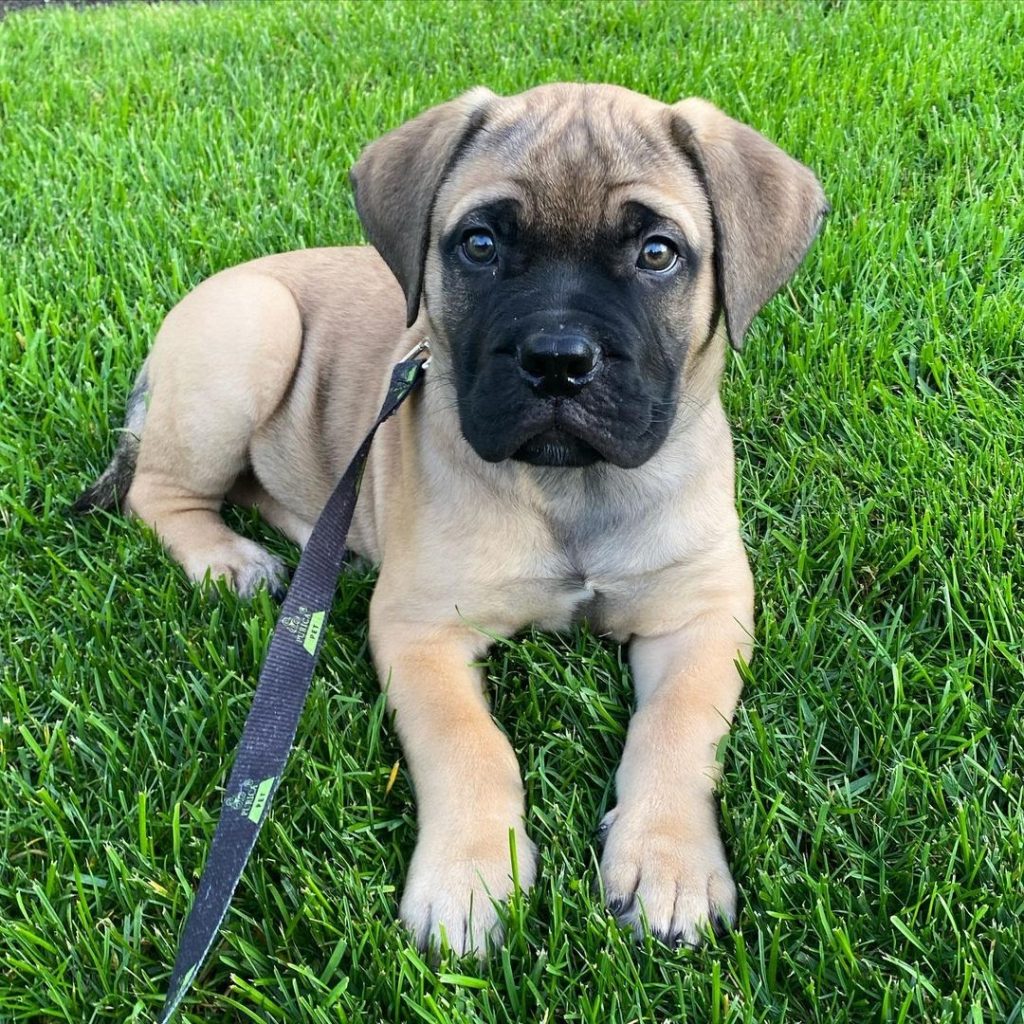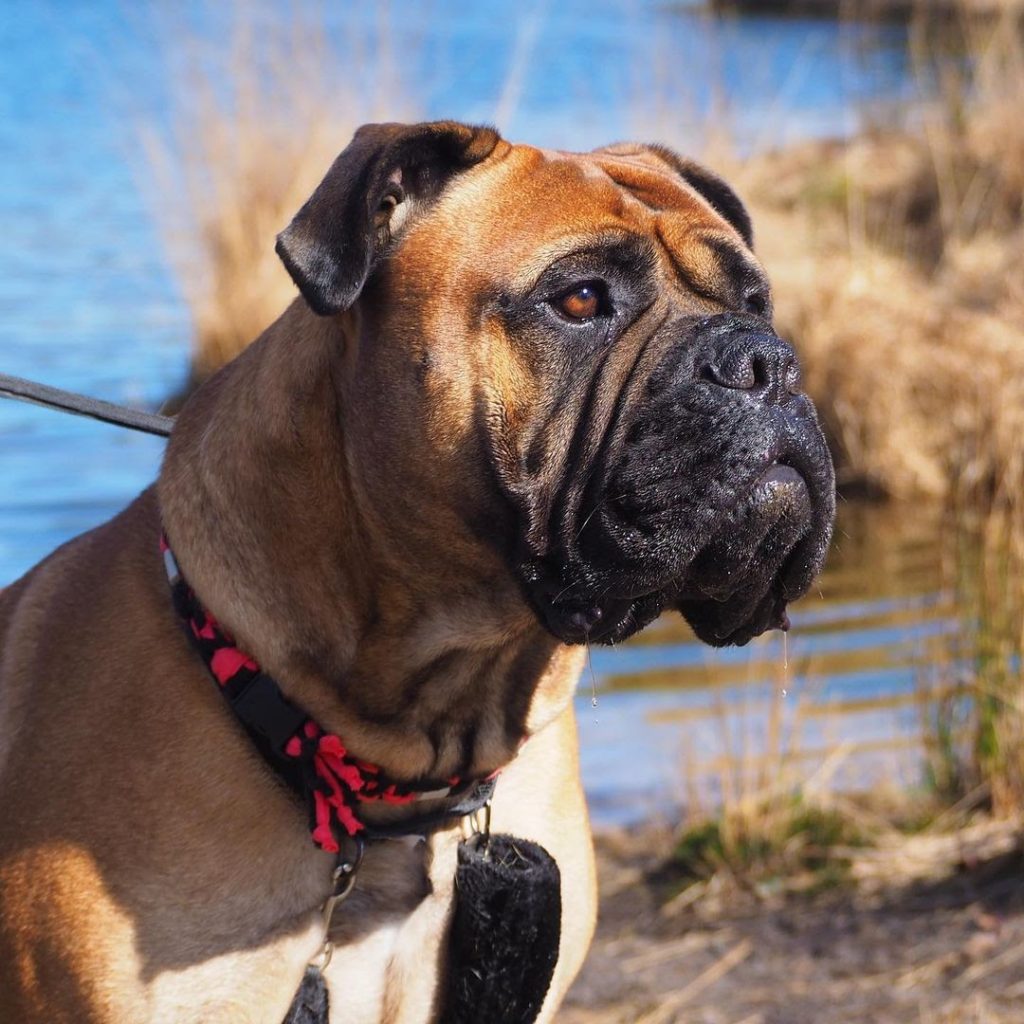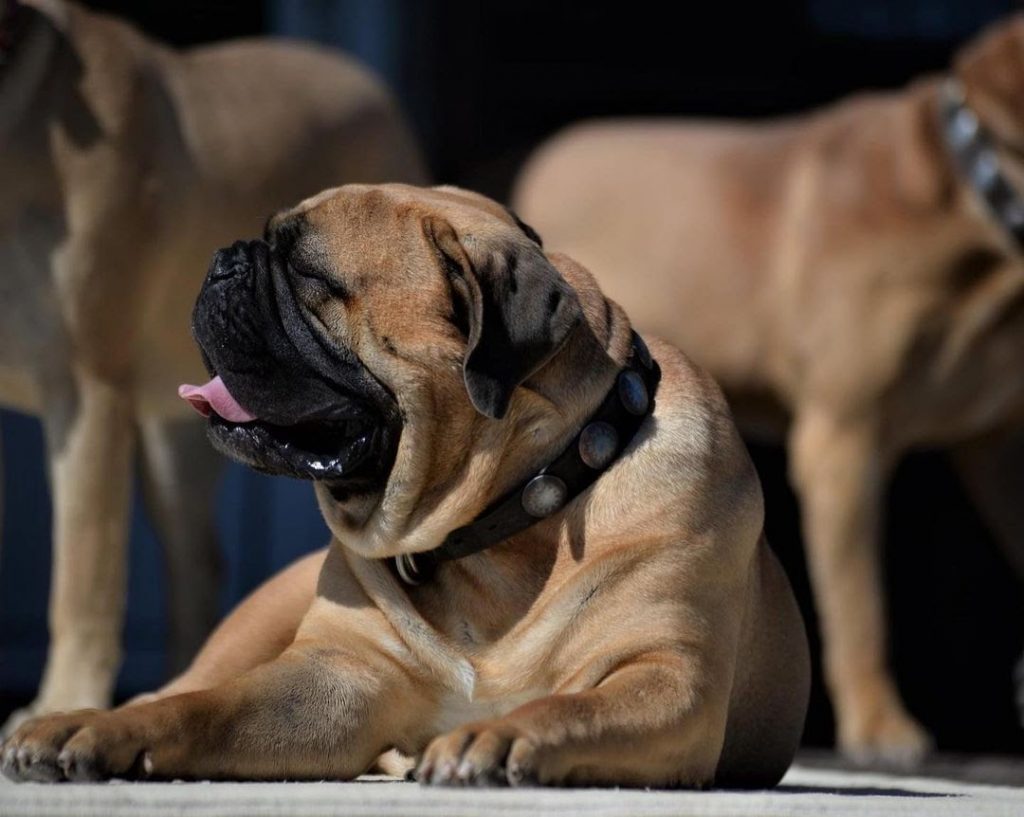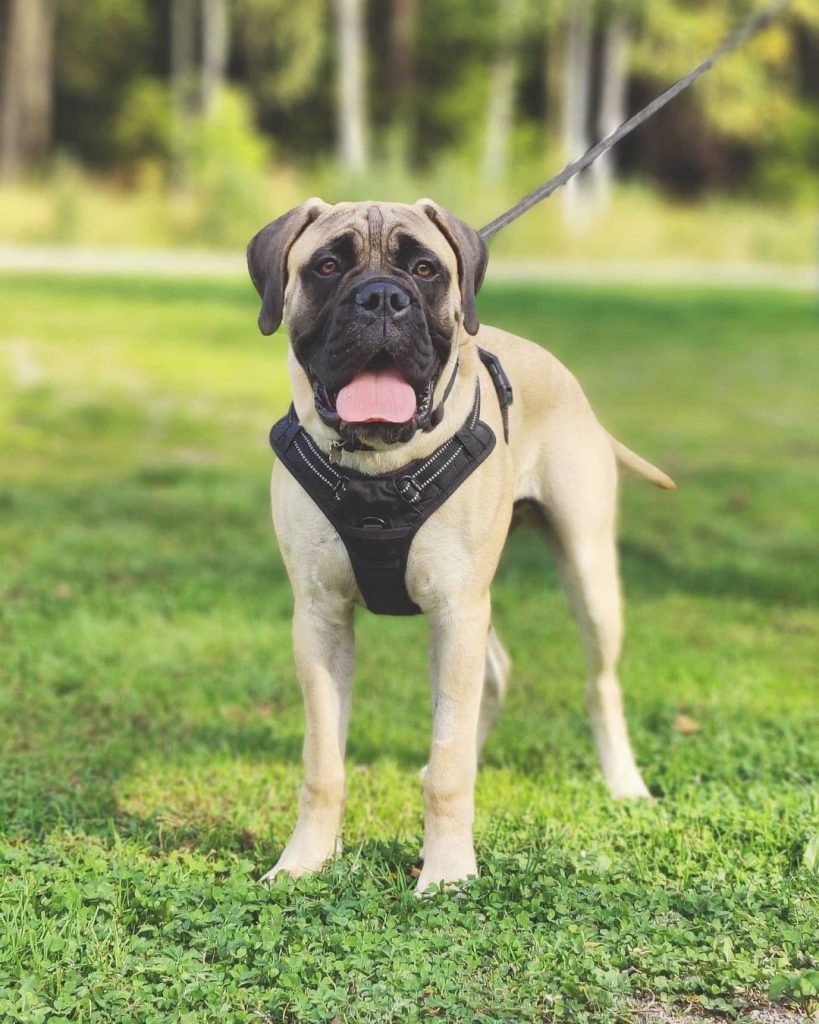Are Bullmastiffs Good for First-Time Owners? All You Have to Know!
It is not recommended for first-time owners to go right away for such an aggressive and strong dog breed as the Bullmastiff. However, if this is the one you think suits your family, you can definitely raise a puppy of this kind.
You’d need to spend long nights doing your homework to make sure that once he gets to your home, he’ll grow up with the right temperament with his other needs adequately met. Nevertheless, it is still advised that you go for more mellow breeds before you finally get a Bullmastiff puppy.
To help you with this, this article will unload more information regarding this Mastiff-type dog.
Table of Contents
What Kind of Temperament Does a Bullmastiff Have?


Bullmastiff puppies are full of exuberance and they will jump around in your house. Some can be clumsy while others exhibit a calmer vibe, yet generally, they have a strong thirst to play. While they are young, their levels of energy surge, so monitoring is imperative to avoid them over-exhausting or causing injury to themselves.
Stubbornness is an innate trait as well. You will encounter this more often when you conduct drills with him. He has a will of his own and would need someone more authoritative than him. If he spots another dog or any type of animal, he’ll naturally show aggression which can be mellowed down through proper socialization.


The breed is also known for its protective instinct. Unfamiliar people are not welcome to his territory and would not hesitate to spring into action when the individual shows suspicious movements. The right owner should be able to stop him by letting out certain verbal commands.
With family kids, he’ll show a softer side. He’s gentle and loving, but would sometimes do playful bites which had to be discouraged instantly.
5 Reasons Why the Bullmastiff Is Not for Everyone
Emphasizing the fact the Bullmastiff breed is not something you can just pick from the list is necessary. If owning a dog is a responsibility, going for the Bullmastiff breed is a challenge. Considering that, some Bullmastiff owners successfully established a relationship with their dog, while others had to sadly give theirs to rescue homes.
Here are the common reasons why the Bullmastiff is not for everyone:
He Is Powerful
Due to his large size being 100 to 130 pounds, a Bullmastiff is immensely strong. He has to learn not to tug the leash and lead you to wherever he wants. He can easily knock you off your balance and pull you once he sprints in a different direction. For this reason, the Bullmastiff isn’t right for elderly people or for those who cannot match the dog’s strength.
His Prey Drive Is Intense
The Bullmastiff might not be the right fit if he doesn’t seem to positively progress a good relationship with other family members and house pets. Remember, he will not hesitate to go after smaller animals as he sees them as prey and this could eventually lead to serious injuries or even death.
In Dire Need of Socialization
Due to his natural protective and territorial instinct mainly influenced by the way he was originally bred for, the Bullmastiff needs to understand that getting along with others can bring a positive impact on his holistic well-being. As early as possible, he has to get used to having cats, dogs, and other people around him.
However, training him to be vigilant for abnormal behaviors from others remains imperative.


He’ll Take a Longer Time to Mature
Just like any other large or giant dog breed, the Bullmastiff would typically need at least 2 years to fully mature. During those early years, he’ll show puppy-like behaviors making training seem more discouraging, especially that the results from regular drills can barely show.
For individuals who don’t have lots of patience for this, owning a Bullmastiff can be overwhelming.
Prone to Separation Anxiety
Having a companion is what the Bullmastiff would always need. Nothing can beat being with his favorite human. However, as reality dictates, there will be moments when the owner has to leave to do errands for a duration of time. If the Bullmastiff wasn’t ready for this, he can develop separation anxiety symptoms. Training him to be by himself for a couple of hours is necessary.
Tips in Choosing for the Right Bullmastiff
Not all Bullmastiffs are the same particularly in terms of temperament. Genetic temperament is a common phenomenon and it could be disastrous if you ended up getting a puppy whose parents have bad personalities.
It would be hard work for those who are difficult to manage, more so if you have never owned a dog or a Bullmastiff before. There are other more red flags you should look out for that would tell you “No” if you’re eyeing a certain dog. Here they are:
- Pacing nervously or anxiously
- He gets overly excited
- Shows hyper behaviors
- Shows shyness or submissiveness
- Not used to being touched or patted
- Shows potentially aggressive behaviors like growling and lunging attempts
- Unwelcoming body language when you walk towards him
Is Hiring a Dog Trainer Necessary?


Not necessarily, but training should always be part of any dog’s life all the more if you have a naturally stubborn dog as the Bullmastiff. If you can afford a dog trainer who could dedicate months to training your pet, that will surely work, but it’s not as good as training your buddy. This is why the Bullmastiff is more suitable for experienced owners.
Training is not just instilling valuable dog lessons, rather it is also a special moment to bond and this needs to be taken advantage of.
How to Properly Raise a Bullmastiff
Without proper upbringing, the Bullmastiff can become a liability not just to you, but for those around him. If nothing is done to lessen his belligerence and he gets frequently involved in conflicts or worse, cases of human attacks, he could be put down.
To avoid this, here are some tips on how to properly raised this Mastiff-type breed:
- Spend a lot of time with your Bullmastiff pet.
- Make use of positive reinforcements.
- Ensure he gets enough socialization.
- Incorporate obedience training and verbal commands.
- Put your Bullmastiff in new situations to help him grow confidence.
- Help him eliminate fear toward certain noises like sirens or the sound of a vacuum cleaner.
Questions to Ask Yourself Before Getting a Rescue Bullmastiff
Owning a Bullmastiff is not the same as owning a Golden Retriever or a Toy Poodle. You have to look after the welfare of your four-legged boy and the intensity of your responsibility heightens if you’re a new dog owner. If you can’t raise your Bullmastiff right, he’ll turn out into a dangerous canine who’s allergic to others.
Therefore, ask yourself these questions before you head your way to the shelter to adopt.
- Can I afford to own a dog?
- Can I give him time?
- Can my home accommodate a large dog?
- Can I train him?
- Can I deal with his drools?
- Have I thoroughly thought about this decision?
